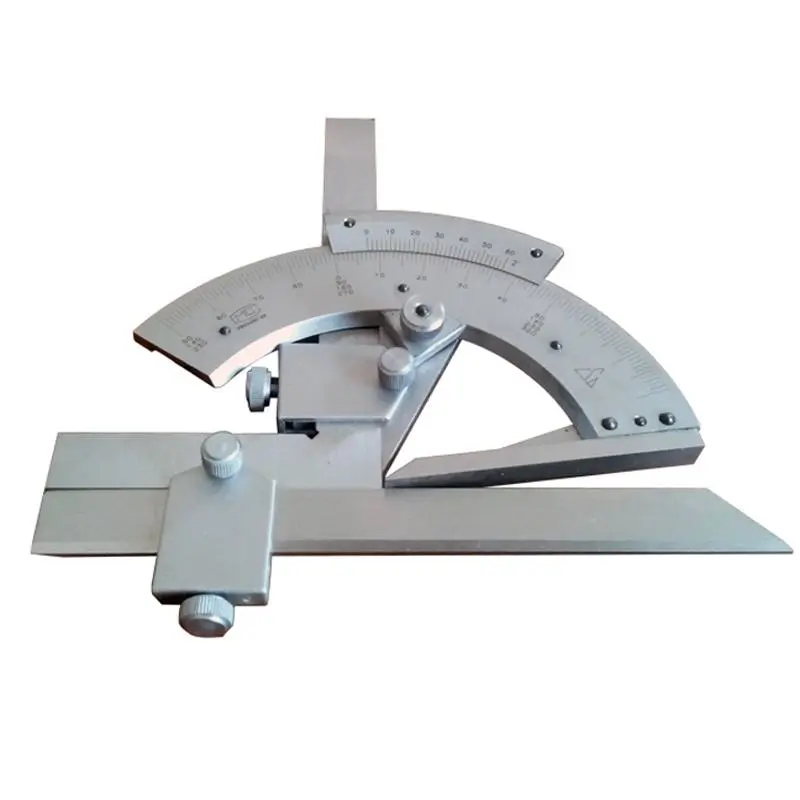Now this section is on Pick Tip and Bevel playing edge

You might not realize this as being a HUGE factor, but tip shape can be quite important to your playing. Pick Tip and Bevel playing edge is a section on your type of pick tip, pointy or blunt, the edge your string glides against, chamfered and flattened V.
For you fast guys:
A more experienced speed shredder will very often go for a very sharp tip. This is because they have fantastic control and accuracy. They feel just the right height of the pick and are consistent with hand movement. Not everyone likes or believes in speed bevels. Also, some are even left or right-hand ground. Your pick will traverse a greater distance to strike, but it will strike flat and hard.
But, also, you fast guys:
Pick Tip and Bevel playing edge may dictate a sharp tip that will require accuracy and a more subtle, close touch. Beginners beware! Many shredders like special tips and bevels, but they have the experience to use them. It requires finer movements and a stronger amp drive/volume. A trick these speed players use, and they have many of them, is to use an audio compressor. They also tip and/or tilt the pick during up-and-down strokes.
Now you strummers on Pick Tip and Bevel playing edge:
On the other hand, if one likes a larger pick but does strumming, the inflexibility of a thicker, bigger pick may require a blunter tip. A bigger, more blunt tip with a large radius will help the strings roll off the end. For accuracy, they might not be comparable to speed picks, but for slamming chords, a rounded tip might be fantastic.
We are all learners, pro or novice, grandad or granddaughter. Your mileage will vary, and my opinion is just a guide, experience should be an even bigger guide for you, so try the picks I review, and read about the materials and shapes in their respective sections as well as this page.
If you are familiar with the concept of synergy (I’m a Buckminster Fuller fan, the engineer that coined the term), you know that every section of this site is relevant to what makes a quality pick stand out, function for your needs, and make a great tone.
As with most things pick, your experience, your hands, and your arms matter: Be open-minded and try a variety. A starter will be a semi-rounded tip. Some things you might not even find, like a very sharp tip on a very flexible pick, this is simply not logical for a pick. Pick Tip and Bevel playing edge is just one facet of the whole picture, take the time to read around the site. If you disagree with something let us know, we have comment sections set up all over.
If you are starting out, you will likely prefer a semi-round tip on a slightly flexible pick, but as you grow, that will likely change, let your picks grow with you.
Hard or thick pick strummers will lean towards blunter tips such as Brian May with his coin. A beginner won’t feel the same with a certain tip as a 5-year touring veteran. The more you practice and become precise, the more your picks will change, don’t let them hold you down.
Now about bevels.
Many, in fact, picks aren’t beveled and that is partly because of how thin they are. They prevent a real flat edge from being formed.
There are rounded bevels, flattened right or left-handed bevels (on more expensive picks), and V-edged bevels.
We don’t have a lot of insight into this because it is so highly subjective to the user. Just be aware that they exist on many picks and don’t forget to specify what you want. Pick Tip and Bevel playing edge speak about bevels that are called “speed bevels”.
We aren’t one to believe that they increase speed, but that they can facilitate it. They add to the distance of the pick to the string. Bevels also lengthen the time to strike the string. They also CHANGE the strike itself…
Nevertheless, bevels are a thing, choose wisely over your career, at least try them and compare them with similar picks without the bevel. Do you select certain bevels, and why? Tell us!
Now, on the other side of things, many picks are unfinished or only partly shaped and buffed, you might want a sanding block or emery paper, and try your own muscle grease on some things!
You might want to get a sanding block and/or nail file. With that, you can rub up the grip surface just as well as change a tip or a bevel. I do this with plastic and wood picks sometimes.
If you are a beginner, don’t worry too much about these things, just be aware of them when you look at prospective plectra. Simple Chamfered edges work just fine for many of us.
Now, why don’t we visit the Dimensions section and learn about how the form factors of size and shape affect things?
We will consider your comments carefully!

Drop a comment!